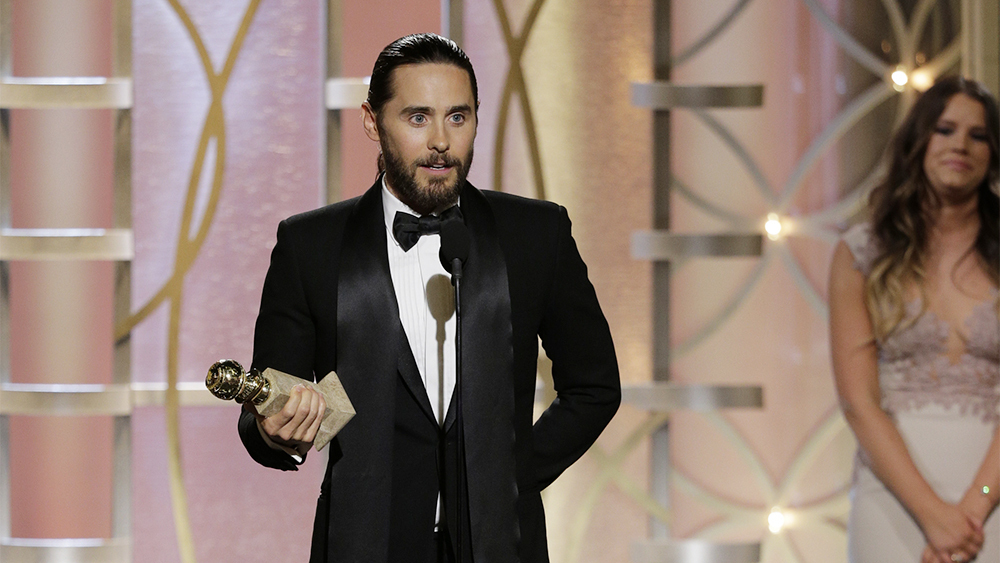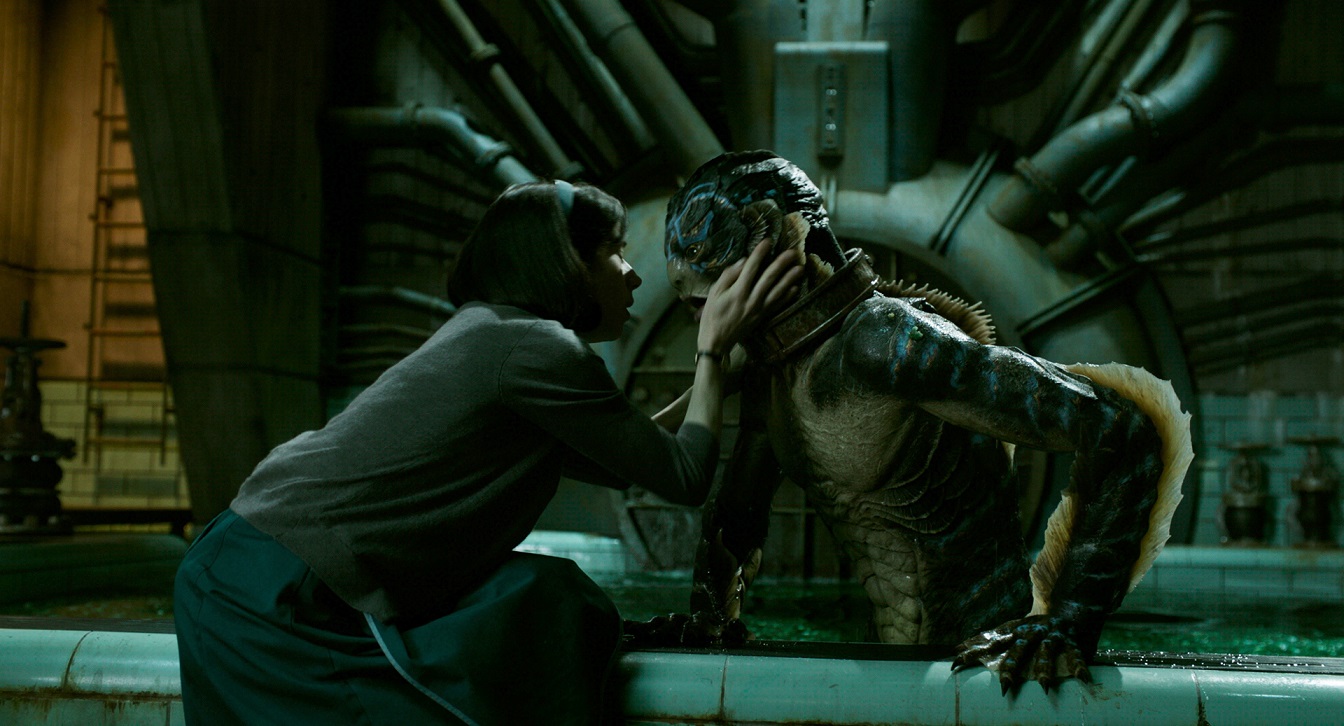Scarlett Johansson’s new role points, yet again, towards Hollywood’s curious tendency to exclude minority actors from minority roles.

It has recently been revealed that Scarlett Johansson is to play a transgender man in upcoming film Rub and Tug. The story, set in the 1970’s, is a biopic of transgender man Dante Gill – a crime kingpin – who presided over Pittsburgh with an empire of illicit massage parlours. This story being brought forward is a huge win for the LGBTQIA+ community, but the victory is bittersweet. The role isn’t being played by a transgender actor.
Johannson is no stranger to criticisms of ‘whitewashing’ roles, and inexplicably playing the roles that are written for minorities. She came under fire for playing what was originally a Japanese role in the 2017 film Ghost in a Shell. The film failed dismally in the box office, with the director citing controversy surrounding the casting decision as the main reason for its box office disappointment. The film let down many fans of the original manga but brought forward the necessary investigation of diversity in film.

Yet again, Johansson is cast in a role to physically represent someone she is not. Stranger still, Rub and Tug is to be directed by Rupert Sanders, the same director of Ghost in the Shell. It seems Hollywood continues to push aside what could have been life-changing roles not only for an actor/actress but for the LGBTQIA+ community. Is it so hard to give a transgender actor a chance?
In 2013, Jared Leto starred in Dallas Buyers Club as Rayon, a transgender woman who tragically dies from an HIV virus. He not only won an Oscar and Golden Globe for his supporting role, but the film also received an overall 50 awards and 35 nominations. While the film was clearly well received, an important question still stands. Why is a straight, white male actor allowed the role when it would’ve been more powerful for an actual trans woman to play the role? He hardly even gave thanks to the community, only stating at the very end of his Golden Globe speech:
…and to the Rayon’s of the world, thanks for the inspiration.
A transgender woman herself, Jos Truitt of Feministing wrote:
I have no interest in watching a cis man in drag play a transwoman ever again. No matter what Dallas Buyers Club does as a film, the narrative around this movie,the fact that a man in drag is playing a trans woman, perpetuates the stereotype that we are men in drag.

While Leto is a talented actor, the movie and Hollywood, in general, would have been positively influenced by having a transgender woman play the role. Such casting would have served to inspire upcoming LGBTQIA+ actors and actresses. Yes, it is true that these stories should be told, but it should be done by actors who are dealing with the issues of the character personally. It would lead to not only a more emotional and moving performance but a believable one too.
The subject of miscasting, unfortunately, doesn’t just end with the LGBTQIA+ community, but even extends to the disabled community.
The winner of the Academy Award for Best Picture 2018 was The Shape of Water, a film of an unorthodox inter-species relationship. The protagonist Elisa Esposito, a mute, uses ASL (American Sign Language) as her way of dialogue. Sally Hawkins, who played Elisa, is a completely able-bodied individual, and in fact, had to learn ASL and signs that would have been used during the Cold War. Some criticised her ‘rough’ signing.

The film clearly would have been more believable if a real mute or hard of hearing actress had played the same character. What was the real need for an able-bodied actress?
It can perhaps be argued that the best actor was cast, instead of directly seeking the actors who the role most suited. John Krasinski proved that the opposite, however, can be successful, when he pushed for a deaf actress for the role of his deaf daughter in the hit movie A Quiet Place.
Millicent Simmonds, who played the daughter in the 2018 film, was praised for her performance, and also for being an activist for the deaf and disabled community in the performing arts. In her interview with NowThis News, she spoke of her thoughts on how creative directors and writers could benefit in the inclusion of deaf or disabled characters:
I think it’s important in the deaf community to advocate for and be a representative for this story. A story that might inspire directors and other screen writers to include more deaf talent and be more creating in the way you use deaf talent…

The Fourteen Percent, an upcoming 2019 documentary, will focus on how the image of disabled characters are outdated in film and television. This will, hopefully, give education to future filmmakers when casting and writing roles of minorities. Not being cast in the roles that are written specifically for them, and most of the character development being focused on their struggle and pain, are two issues that Hollywood needs to address.
It’s clear that filmmakers need to consider the incredible possibilities of using more LGBTQIA+ and disabled actors. The opportunity to broaden the stories told and cast a wider array of actors has the possibility of greatly impacting society on both sides of the screen. While it is a bonus that the stories that previously would have been silenced now have a platform, and not only to feature in movies, but to be protagonists, there is still a long way to go. True representation and a more rounded, fleshed out view of the minority roles will be imperative in Hollywood’s future.
Marlee Matlin, a deaf actress, won an Oscar in 1987 for her role in Children of a Lesser God. She still, to this day, is the only disabled actor to have this achievement. She proves that no matter what the disability, a moving performance is possible, should the opportunity be given. With the same white, cisgender, able-bodied actors being cast in every leading role, even that of the minorities, perhaps that statistic will uphold for the foreseeable future.
Is it time for the LGBTQ and disabled community to get a better chance at portraying characters similar to themselves over famous celebrity actors?







